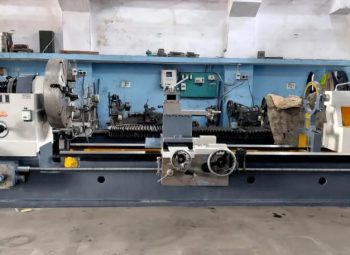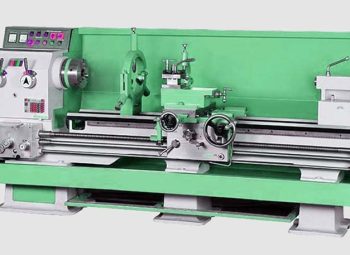Imagine this: you’re in the middle of an important project, and suddenly, your lathe machine stops working. While this situation can be stressful, knowing how to troubleshoot common issues can save the day. Here’s a guide to help you identify and address problems with heavy lathe machines.
1.1. Introduction
Lathe machines are essential for shaping materials, especially for beginners. They rotate the workpiece to help with shaping. Key parts include the bed, headstock, tailstock, carriage, chuck, and tool post. This guide will discuss how to troubleshoot common problems and solutions for heavy machinery breakdowns.
1. Common Issues with Heavy Machinery
Due to their complexity, detecting electrical problems in heavy machinery can be challenging. Issues like short circuits, dead batteries, or malfunctioning sensors can halt operations. Expert diagnosis is crucial to avoid long-term downtime. Regular corrosion checks, proper wiring routing, and insulation can help prevent unexpected electrical failures.
2. Checking Heavy Machine Equipment and Tools
- Multimeters: These flexible devices measure electrical system resistance, voltage, and current, converting electrical input into numerical displays.
- Vibration Analysis Equipment: Crucial for detecting imbalances and failures, these devices analyze vibration patterns to identify underlying mechanical issues.
- Thermal Imaging Cameras: These cameras identify temperature irregularities, pointing out areas that need further investigation to reveal electrical faults and overheating components.
- Pressure Gauges: These components react to pressure changes, measuring and displaying them on a dial or digital screen.
2.1 Methods for Troubleshooting
- Safety Considerations: Always prioritize safety when troubleshooting heavy machinery. Understand the risks and wear protective gear like boots, gloves, and safety glasses.
- Training & Skill Development: Ongoing training and skill development are essential to keep up with advancements in heavy machinery technology. Encourage staff to earn certifications to improve their troubleshooting knowledge.
- Predictive Maintenance: Use analytics to predict potential breakdowns and schedule maintenance at optimal times.
- Detailed Records: Keep detailed records of maintenance, inspections, and repairs to identify problems and develop maintenance strategies. Documentation also helps with legal matters.
- Preventative Maintenance: Creating a preventative maintenance schedule tailored to each machine’s specific requirements ensures efficiency and avoids unexpected breakdowns. This includes structural, mechanical, and electrical components.
Conclusion
Effective troubleshooting of heavy lathe machines requires regular maintenance, routine checks, and skill development. By understanding common issues and using predictive maintenance strategies, you can reduce downtime and increase productivity. Keeping detailed records of maintenance activities helps identify problems and create effective solutions. Promoting safety awareness and training ensures your team is well-prepared to handle challenges, leading to more efficient and reliable operations.
Troubleshooting Common Issues with Heavy Machine Tools: Heavy-Duty Lathe Alignment and Calibration





